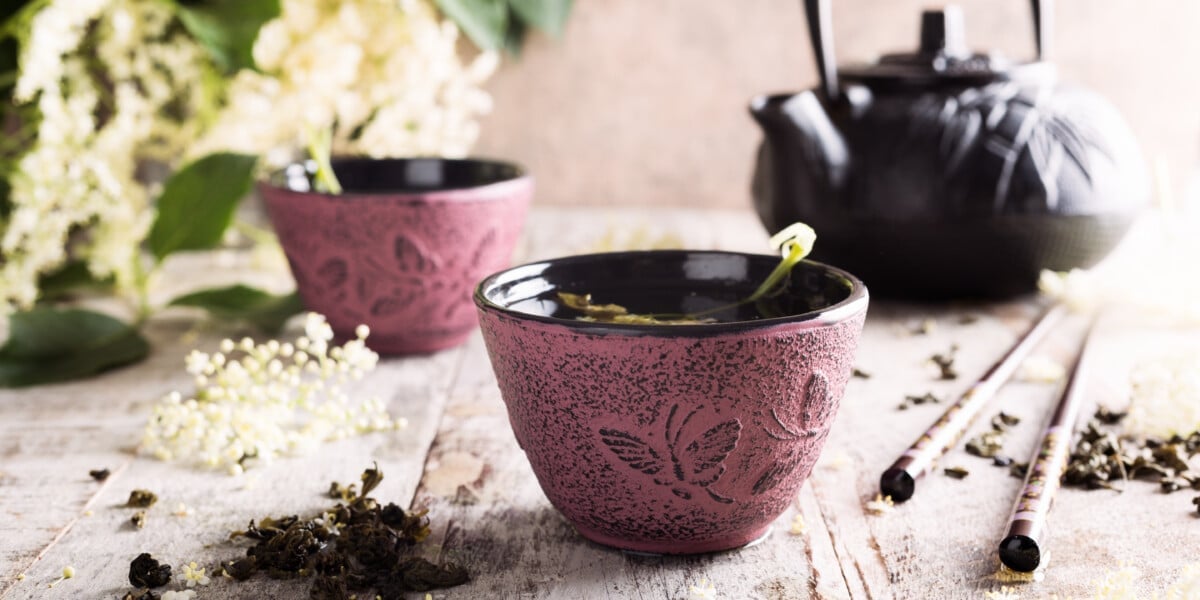
Medicinal Attributes for the American Elderberry – An Overview
Medicinal Attributes for the American Elderberry – An Overview
Best Elderberry Plant for Medicinal Use
Among all elderberry plants, the American elderberry (Sambucus canadensis) stands out as one of the best elderberry plants for medicinal use. It has been highly regarded in both indigenous traditions and modern herbal studies for its medicinal benefits, ranging from immune support to antioxidant properties.
Elderberry Plants in North America
Native to eastern North America, the American elderberry shrub thrives in USDA hardiness zones 3–8. Indigenous peoples relied on it for medicinal purposes, making teas from its flowers, bark, and berries. Today, many gardeners cultivate elderberry shrubs for their fruit, which is used in syrups, teas, and extracts.
Elderberry bushes are typically multi-stemmed shrubs or small trees reaching 6–12 feet tall. They are adaptable, with vigorous growth, and can be grown in partial shade or full sun with adequate organic matter in the soil.
Sambucus canadensis (American Elderberry)
The American elderberry (Sambucus canadensis), sometimes called American black elderberry, produces large clusters of white flowers in early summer, followed by dark purple or black berries in late summer. The ripe fruit offers a rich flavor and is valued for its immune boosting properties and medicinal purposes.
Historically, tribes in North America used ripe berries as a febrifuge, diuretic, and blood purifier. Raw berries can be toxic, but ripe fruit that is properly cooked is considered safe.
Sambucus nigra (European Elderberry)
The European black elderberry (Sambucus nigra) shares many properties with its American cousin. Both belong to the same Sambucus species group and are highly prized for their medicinal benefits. In fact, many clinical trials use standardized extracts from Sambucus nigra.
Elderberry Varieties
There are several cultivated elderberry varieties available at garden centers:
- ‘York’ and ‘Adams’: Traditional American elderberry types producing large fruit in late summer.
- ‘Nova’ and ‘Johns’: Known for large berries and bountiful harvests.
- ‘Black Lace’ and ‘Lemony Lace’: Ornamental elderberry shrubs with dark leaves or light green/white foliage, resembling Japanese maple.
- ‘Black Elder’ and ‘Common Elderberry’: Terms often used interchangeably for Sambucus nigra and S. canadensis.
Cross-pollination is often required between elderberry bushes of the same species to produce fruit. Some cultivars are partially self-fruitful, but planting multiple new plants encourages a bountiful harvest.
Elderberry Shrub Characteristics
An elderberry shrub grows quickly, often reaching 6–12 feet tall. It develops a strong root system and forms multi-stemmed shrubs that can live for decades. Mature plants thrive in fertile soils rich in organic matter and perform best with consistent moisture.
Elderberry Bushes and Their Habitat
Elderberry bushes are widespread in northeastern United States and across North America. They are hardy, adaptable, and low maintenance, making them suitable for both wild hedgerows and home gardens.
Sambucus racemosa (Red Elderberry)
The red elderberry (Sambucus racemosa) produces red berries in early spring. Unlike black elderberries, red elderberries are more toxic and not generally recommended for medicinal purposes.
Blue Elderberry (Sambucus cerulea)
The blue elderberry (Sambucus cerulea), native to western North America, produces bluish black berries with a sweet fruit profile. Like other elderberries, it must be cooked before use.
Lemony Lace and Black Lace Varieties
- Lemony Lace: An ornamental elderberry shrub with finely cut light green or white foliage that brightens gardens.
- Black Lace: Deep dark purple to black leaves, often compared to Japanese maple in appearance. Both are popular elderberry varieties for landscaping.
Grow Elderberries Successfully
To grow elderberries, plant in full sun to partial shade, in fertile soils enriched with organic matter. The best growing zones are USDA hardiness zones 3–8. Ensure good spacing to reduce risks like powdery mildew during the growing season.
Key tips:
- Plant at least two elderberry bushes for cross pollination.
- Keep the root system well-watered during early spring and late winter establishment.
- Expect large clusters of flowers followed by dark purple or black berries in late summer.
Powdery Mildew and Elderberry Care
Like many plants, elderberry shrubs can be affected by powdery mildew and other pests. Good airflow, pruning, and selecting resistant elderberry varieties reduce disease pressure.
Black Elderberry
Black elderberry (Sambucus nigra) is globally recognized for its immune boosting properties and is widely studied for upper respiratory health. Its flowers and berries are used in syrups, teas, and supplements, making it one of the most highly prized Sambucus species.
Black Lace Elderberry
The Black Lace elderberry combines ornamental beauty with productivity. With dark leaves and delicate white flowers, it offers both landscaping value and medicinal potential. It can reach 6–8 feet tall and fits well into garden centers’ ornamental collections.
Conclusion
The American elderberry (Sambucus canadensis) and its relatives—including blue elderberry, black elderberry, and red elderberry—offer a rich mix of medicinal purposes, ornamental appeal, and nutritional promise. Whether you’re looking to grow elderberries in your garden or explore their medicinal benefits, the diversity of elderberry varieties ensures there’s a Sambucus species suited for every climate and purpose.
Reviewed by: Press On Staff • Last reviewed: September 2025
Editorial policy · Sourcing & citations · Contact
Disclaimer: Educational content. Not medical advice.
- Medicinal Attributes for the American Elderberry – An Overview
- Best Elderberry Plant for Medicinal Use
- Elderberry Plants in North America
- Sambucus canadensis (American Elderberry)
- Sambucus nigra (European Elderberry)
- Elderberry Varieties
- Elderberry Shrub Characteristics
- Elderberry Bushes and Their Habitat
- Sambucus racemosa (Red Elderberry)
- Blue Elderberry (Sambucus cerulea)
- Lemony Lace and Black Lace Varieties
- Grow Elderberries Successfully
- Powdery Mildew and Elderberry Care
- Black Elderberry
- Black Lace Elderberry
- Conclusion
Masterful Display
Each and everyone of our products are deeply considered, labored over, and improved upon time and time again. We invite you to experience the difference of our carefully crafted small batches of herbal support items. Whether it be our tea line, produced for a delightful experience, or our tincture blends and extracts, we have what you need.

